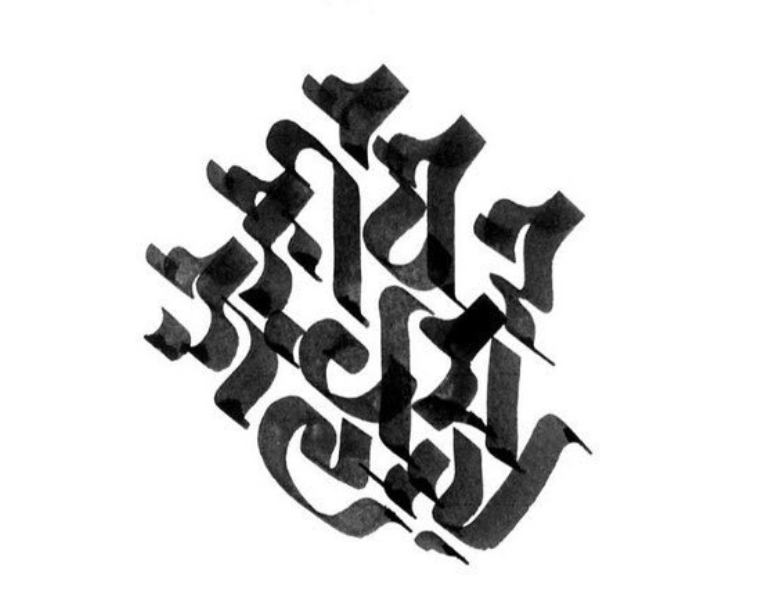The SamAdhin: Voice, Heart, & Movement

Chapter Two Passage 7 [2.54-72]:
- Having heard that the resolute intelligence of the buddhi-yogin is meant for samAdhi [2.41-42] and that buddhi-yoga applied successfully generates the state of fixed wisdom known as yoga or fixity in samadhi [2.53], Arjuna ask four questions about the 1) symptoms, 2) speech, 3) inner-fixity (heart), and 4) acts of the samAdhi-sthasya (one standing in samAdhi)/sthita-praja (one fixed in gnosis)/sthin-dhih (one with fixed wisdom/buddhi) [2.54]
- Krishna answers these four questions in turn:
- What is the symptom of the samAdhin answered in 2.55
- What is the speech of the samAdhin answered in 2.56-57
- What is the inner-fixity of the samAdhin answered in 2.58-63
- How the samadhin engages in the world is answered in 2.64-68
- 2.69-72 summarizes the topic
- In short: the samAdhin is one whose senses (of sight, hearing, touching, tasting, and smelling which are part of the subtle pyschic noetic world along with buddhi (intellect), ahankara (ego) and manas (mind)) are controlled and not compulsively compelled outwardly toward the world and the objects (of form, sound, touch, taste, and scent). The samadhin is thus totally sovereign with interior inviolability
- In long: the samAdhin is one whose senses have come to rest within himself because of the satisfaction found therein [2.55] and therefore is not compelled to run compulsively outward toward the world and its objects; they can withdraw the senses from their respective objects at will [2.58] and engages them with the world and its objects (when necessary) dispassionately, with faculties devoid of attachment and aversion [2.64]. In this imperturbable inner tranquility (interestingly referred to as prasada which means both purity and grace) suffering disappears and the buddhi becomes fixed [2.65].
- Although the samAdhin’s senses are still active and therefore desires still appear in his heart, his undisturbed buddhi (wisdom) allows him to relinquish transient mental perturbations [2.55] or else they dissolve, live rivers, into the ocean of his inner profundity [2.70].
- This is possible because the samAdhin is “seeing something higher” (param dhristva} which acts as the cause of his ceasing from worldly enjoyments [2.59]
- Such a state of inner illumination (buddhi) and mental tranquility is not obtained by the undisciplined, without which there is no question of peace and subsequent happiness [2.66]. And it is rare even for those who endeavor [2.60].
- Such inner sovereignty is sustain by “dedication to Me (Krishna)” [2.61]. This begs the question about the identity of Krishna, for how is it that by dedication to Him the state of samAdhi is sustained? This verse [2.61] is thus the first indication of Krishna’s divinity that will again incidentally come up throughout his presentation of karma-yoga in the first six chapters, before being fully expounded upon in the middle six chapters of Gita.
- Krishna concludes the chapter saying this is the state of being established in brahman [brAmA-sthiti] and even at the time of death one so situated attains brahma-nirvana

“Work now! SamAdhi later,” was a phrase I commonly heard in the Hare Krishna monastery, usually used as a cudgel whenever any of the monks had questions about the more esoteric aspects of the tradition. Work was tantamount to washing pots or some other menial service; samAdhi was that secret thing that couldn’t be talked about.
Spiritual life is about “work now!” But doing the type of work that will lead to the internal sovereignty had by the samAdhin. People today want to be revolutionaries whilst remaining internally fettered by the devices, systems, and paradigms of our colonizers. This section of Gita is one of my favorites, offering powerful food for thought of what it means to be free.






Member discussion